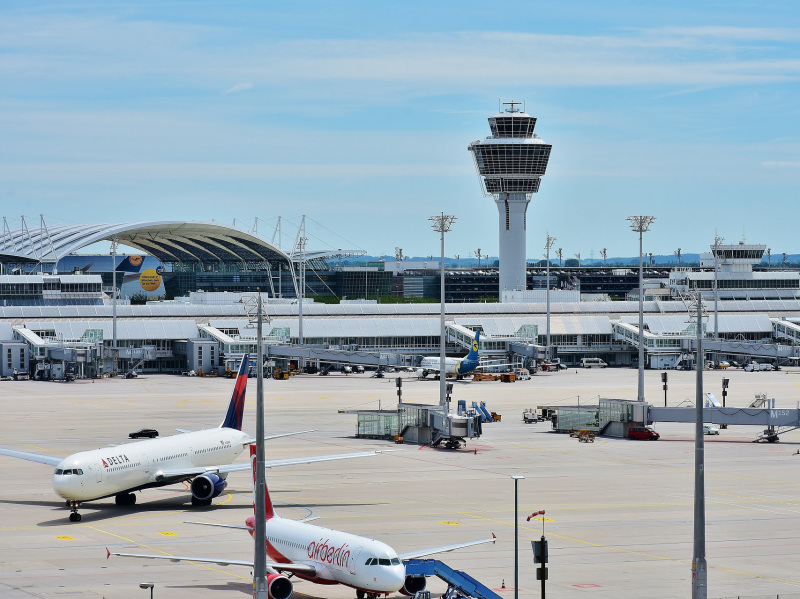ITACA
19039
From 2020 to 2022
The ITACA project focused on promoting new technologies in air traffic management by developing methodologies and tools for policy assessment. TML identified drivers and inhibitors of new technologies through literature review, economic modelling, and policy formulation.
The ITACA project aimed to promote the development, use, and deployment of new technologies in air traffic management. To this end, the project team developed a new set of methodologies and tools that allows one to systematically and comprehensively assess potential policies and regulations that promote the inclusion of new technologies in air traffic management.
The specific objectives of the project were as follows:
- To identify the main drivers and inhibitors of technological change in air traffic management and devise a package of policy and regulatory changes with potential to lower these barriers and promote faster technology upgrade.
- Developing an agent-based model of the research and innovation life cycle. This should allow to express complex decisions and interactions between air traffic management stakeholders and to name their impact on the development and implementation of new technologies.
- To validate behavioural assumptions of this agent-based model, through a number of participatory simulation experiments involving air traffic management stakeholders in a direct way.
- To demonstrate and evaluate the potential of these newly developed methods and tools by developing a set of policy assessment exercises capable of demonstrating the impact of a wide range of policy and regulatory changes on technological change within air traffic management. This will specifically focus on the redistributive effects of proposed policies among air traffic management stakeholders and society at large.
- To embed the approach, tools, and lessons learned from the project into a coherent policy review framework and a set of policy recommendations and establish guidelines for future maintenance, evolution, and use of the proposed framework.
Within this project, TML led Work Package 2: identifying drivers and inhibitors for the uptake of new technologies in air traffic management. This package included a literature review, economic modelling, and identification of policy measures.



